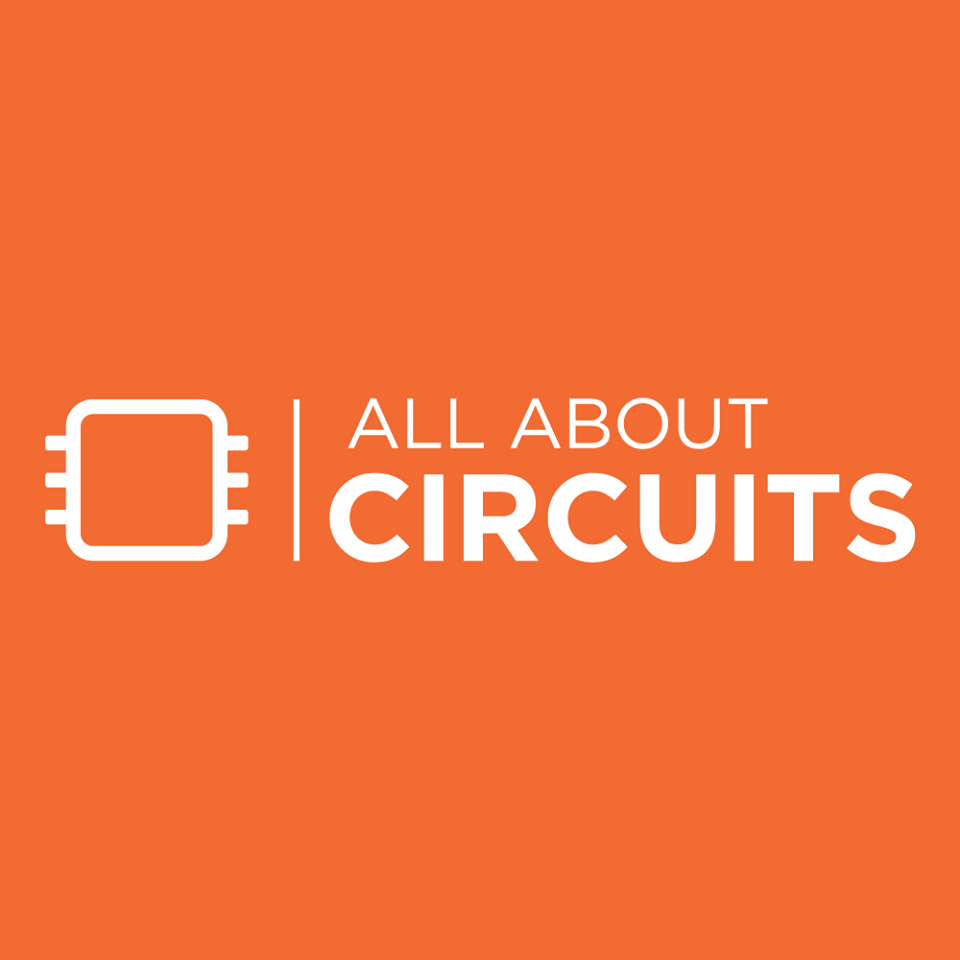Follow along with the video below to see how to install our site as a web app on your home screen.
Note: This feature may not be available in some browsers.
For 1 unit the cost of parts does not matter, but you need Vceo >=500V transistors and you need to specify output impedance Z(f) and load regulation error. This design looks rather high Z.Thanks, its just to give a basic test input to 3 phase equipment.
Circuit shows 47 uF, so I assumed electrolytic or tants....Nothing has be said about using electrolytic caps in the circuit. You surely won't.
RC impedance level could be higher though.

 forum.digikey.com
forum.digikey.com
If you want stability using L:C than focus on the L to get high Q.Thanks Danadakk, ill look into the SOC situation.
At the moment, the analog way looks like only giving one stable sine wave, which needs filtering...hence i am still thinking of the "square wave in to LC tuned to 60Hz".
..3 times, and phase shifted 120degs
LTspice and jpeg attached


Which circuit? Post #15 shows 4.7 uF, I would expect film capacitor in the first place.Circuit shows 47 uF, so I assumed electrolytic or tants....